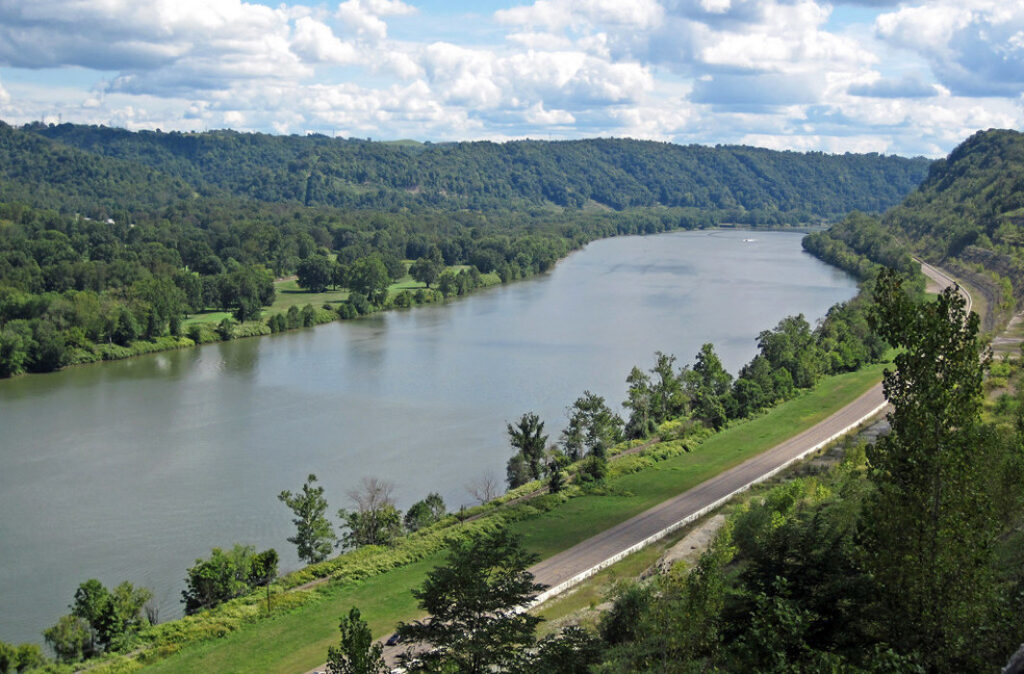Little Plover

The Little Plover River flows six miles from clear, cold headwater springs before joining the Wisconsin River. However, dramatic increases in groundwater withdrawals have reduced river flows. Once prized for native brook trout and popular with anglers, the river’s flow has decreased to levels that threaten the persistence of fish populations. In the past decade, portions of the Little Plover River were repeatedly sucked dry, making the river the unfortunate poster child for Wisconsin’s inadequate groundwater management. The Wisconsin Department of Natural Resources must adequately manage High Capacity Water Wells to safeguard the Little Plover and other rivers and lakes across the state.

Let's Stay In Touch
We’re hard at work in the Great Lakes for rivers and clean water. Sign up to get the most important news affecting your water and rivers delivered right to your inbox.
Threats to This River
The Little Plover River was under great stress and its story has become a sad cautionary tale. Since shallow groundwater sources often provide water to rivers, High Capacity Wells (with a pump capacity of 100,000 or more gallons per day) can have as much or more impact on river flow than surface pipes directly drawing water from the river. Taking water from all directions can cause rivers to run dry if enough water is withdrawn. Models based on 60 years of data show reductions in flow in the Little Plover River beginning in the mid-1970’s, with more than half the historic flow missing by 2006. This reduction mirrors the more than doubling of the number of irrigation wells, which now account for about 85% of water withdrawals in the Little Plover Basin since 1980; it is compounded by municipal and industrial wells pulling from the same source.
The Little Plover River, along with several lakes in the Central Sands region, has been the most visible victim of poor groundwater management, but the problem is statewide. Wisconsin is a water-rich state, but groundwater, the water source for 70% of the population and over 90% of water used for farming and industry, is limited. Wisconsin law leaves streams, lakes, and wetlands unprotected from excessive groundwater pumping, and does not require consideration of the impacts of High Capacity Wells and their cumulative effects on groundwater supply or groundwater-dependent surface waters except in limited circumstances. Nearly all water resources are left high and dry by current law, and there is no mechanism to restore water to clearly impacted resources such as the Little Plover River.
What states does the river cross?
Wisconsin
Recently, in a positive turn of events, an administrative law judge recently issued a decision finding that the Wisconsin Department of Natural Resources (DNR) must consider the cumulative impacts of groundwater pumping when considering new high-capacity well permits.
The ruling came in a case brought by Friends of the Central Sands (FOCS) and others challenging a well permit for the proposed Richfield Dairy concentrated animal feeding operation (CAFO) in Adams County. The DNR had said it lacked authority to take the impacts of existing and future wells into account when issuing new high-capacity well permits.
The judge found that the DNR, “took an unreasonably limited view of its authority,” and that the public trust doctrine, statutes, and decades of court precedent required DNR to consider cumulative impacts.
The judge’s decision reduced the allowable amount of water the dairy may pump in one year. In a companion case, the administrative law judge determined the DNR should have established a cap on the number of animals that may be confined at the CAFO.
